
While there are no MLB games today, the 2022 Major League Baseball season is right around the corner with the MLB lockout finally over. Before diving into the season and the new collect-bargaining agreement, we must first look at everything that got us here.
The MLB CBA is a collective labor agreement between MLB and the MLB Players Association/ It’s a deal that encompasses many of the MLB rules along with the economic aspect related to revenue and player salaries.
MLB and the MLBPA signed the previous CBA on Dec. 14, 2016, well in advance of the 2017 season. It lasted for five years, expiring on Dec. 1, 2021, at 11:59:59 PM EST. Once the deal expired, that’s when the MLB lockout fiasco saga began.
MLB lockout explained: What is a lockout?
A lockout is a work stoppage implemented by owners or management during a labor dispute with their workers. In the case of the MLB lockout, owners froze all transactions involving major-league clubs and forbid teams from communicating with players. When the lockout stretches into a season, owners can use it to prevent employees from working and thus getting paid.
History of MLB lockouts: Why did MLB lock out players?
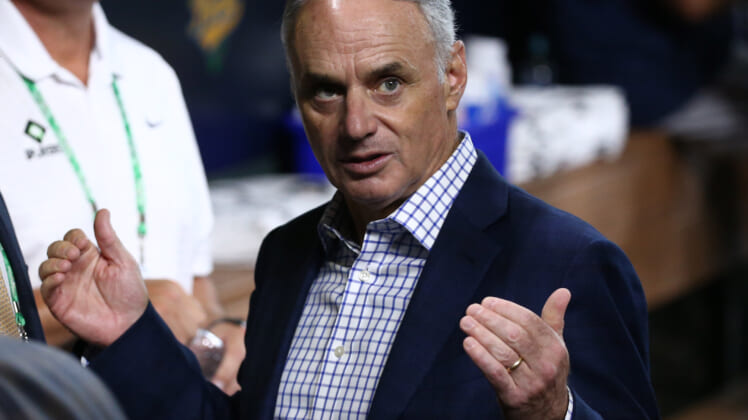
MLB commissioner Rob Manfred implemented the lockout as a means of creating leverage during negotiations with the players’ union. The move completely froze the offseason, meaning any unsigned players were forbidden from signing major-league contracts with teams. Furthermore, it prevented injured players from seeking medical treatment from team doctors.
Prior to this year, there were only three MLB lockouts in baseball history and they never wiped out a single regular-season game. The 1990 lockout lasted 32 days, wiping out a few spring training contests. However, the regular-season schedule was never impacted.
The 2021-’22 MLB lockout was the longest in the sport’s history. For 43 days, the players’ union never received a proposal from MLB on a new CBA. Both sides began holding more consistent MLB CBA negotiations in February.
As the start of spring training passed by, MLB began setting deadlines and canceled spring games along the way. Manfred announced Feb. 28 as the final deadline for a tentative agreement on a new CBA before regular-season games would be canceled. On March 1, he announced the cancelation of the first week of the 2022 season.
MLB and the players’ union resumed negotiations in New York, making more progress on a deal. When the MLBPA rejected the league’s proposal on March 9, MLB announced the postponement of more games. However, the new CBA deal includes a 162-game schedule for the 2022 season.
- How long did the MLB lockout last? 99 days
Examining the details of the new MLB CBA
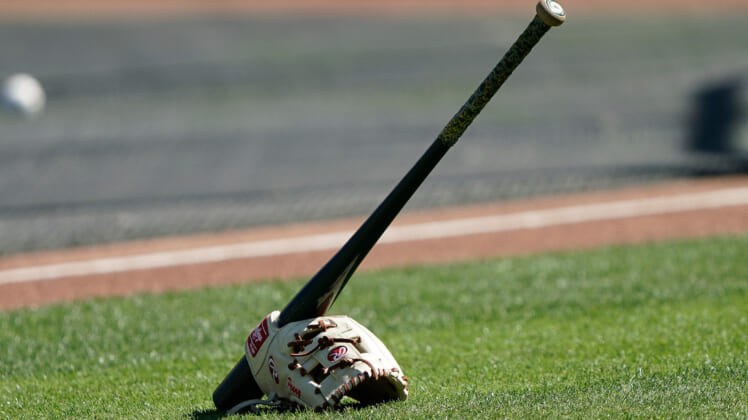
Understanding the entire MLB CBA is like reading legal jargon. It’s designed to be confusing, using figures and language meant for lawyers and anyone who works in labor negotiations. Fortunately, a 130-page collective-bargaining agreement can also be broken down into key points that matter for baseball fans.
The current MLB CBA will expire at the conclusion of the 2026 season.
Here’s everything you need to know about the new MLB CBA.
MLB draft lottery
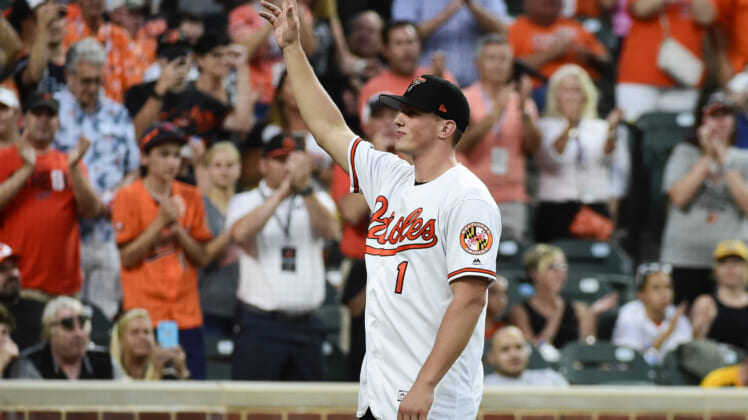
Tanking in professional sports has become one of the biggest concerns within the past decade. The NBA and NHL both adopted a draft lottery to avoid rewarding teams who might tank so they can land the No.1 pick. It’s become an issue in baseball, with clubs rapidly shedding payroll and fielding the worst rosters in MLB so they can have a top-5 pick in the MLB Amateur Draft, I.e. the Houston Astros having a top-2 pick from 2012-’15.
The players’ union saw tanking for draft position as a means for teams to avoid paying players, largely skipping out on MLB free agency and playing with the lowest payroll possible. One step towards fixing that will be the new MLB draft lottery system.
- MLB Draft lottery order: 1st – 6th pick
- Big market teams: If an MLB team puts some of its revenue into the pool distributed among small-market clubs, it will NOT be allowed
- Small market teams: If a club receives revenue sharing, it can only hold a top-6 pick for TWO consecutive years. In the third season, it is bumped out of the draft lottery regardless of record.
Any team bounced from the draft lottery can pick no higher than 10th overall in the following season.
Playoff format
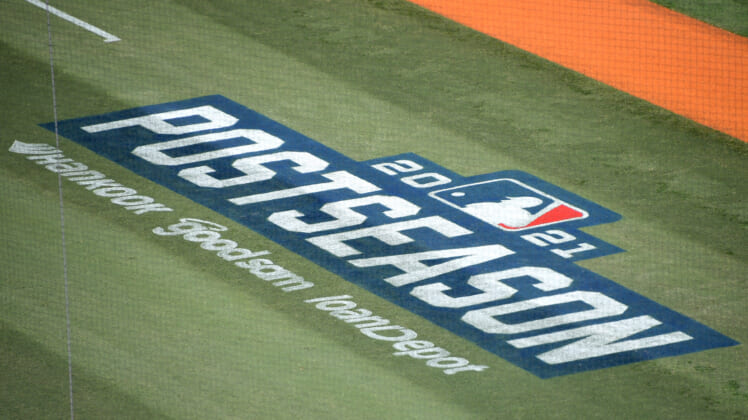
Towards the end of the lockout, MLB owners pushed for an expanded playoff format. After holding a 10-team field in 2020, the league wanted to expand to 14 teams. If that happened, it would receive an additional $100 million per year from ESPN. In a 12-team format, that figure drops to $85 million.
Under the new MLB CBA, there will be a 12-team playoff format. While details are still being finalized, the teams with the best record in the NL and AL will host the winner of a 4th vs 5th seeded matchup. The No. 2 seed will host the victor of a No. 3 vs. No. 6 seed matchup.
Pre-arbitration bonus pool and service time
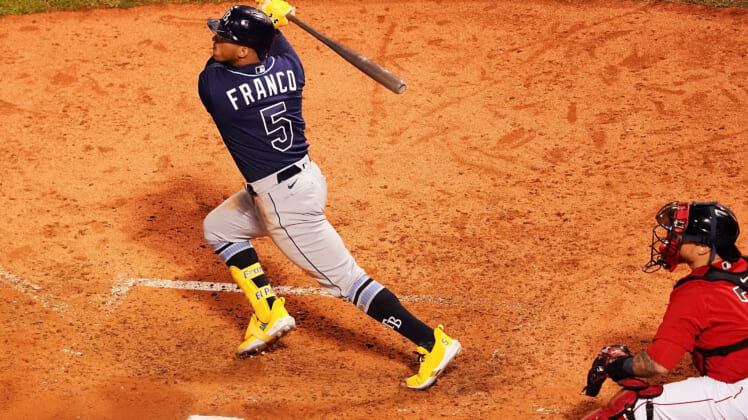
Service-time manipulation has been one of the most glaring issues players had under the previous CBA. Players need six full years of service – 172 service days equals one year – to become eligible for free agency. However, teams would keep top players down in the minors just past a specific date so that person couldn’t earn a full year of service time, pushing back their service clock and delaying their chance to test the open market.
- MLB bonus pool: $50 million
MLB refused to budge on this, despite strong insistence from the MLBPA towards a new model. Instead, a bonus pool is being created for players with 1-3 years of service time who achieve a specific milestone. The following bonuses only apply to players who aren’t eligible for arbitration or free agency.
- MVP or Cy Young winner: $2.5 million
- MVP/Cy Young runner-up: $1.75 million
- MVP/Cy Young third-place finish: $1.5 million
- MVP/Cy Young fourth-fifth place: $1 million
- Rookie of the Year winner: $750,000
- Rookie of the Year runner-up: $500,000
- First-Team MLB selection: $1 million
- Second-Team MLB selection: $500,000
Importantly, per Jayson Stark, a player can only receive one of these bonuses. The remainder of the annual pool will be divided up among the best 100 pre-arbitration players on a sliding formula, determined by a WAR formula agreed to by MLB and the players’ union.
There is a slight change to service time, but it will only impact a handful of players. As part of the new MLB CBA, any player who finished first or second for Rookie of the Year will receive a full year of service time even if they aren’t on the roster to open the season.
MLB minimum salary
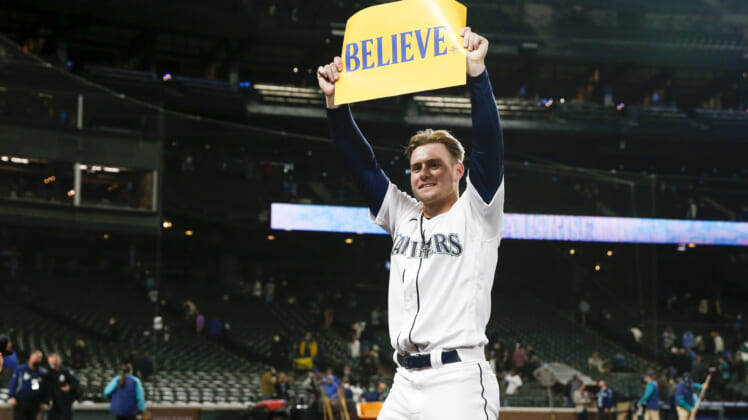
Another crucial dispute during CBA negotiations was the MLB minimum salary. Set at $570,5000 for the 2021 season, MLB had the lowest minimum salary for players of the major American sports (NFL, NBA and NHL).
Beginning this year, all players will receive at least $700,000 and will slowly increase, topping out at a $780,000 minimum salary in the final year of the CBA.
FanGraphs’ Jon Becker broke down the estimated total cost and how much each team’s projected payroll will increase by in 2022.
MLB Competitive Balance Tax
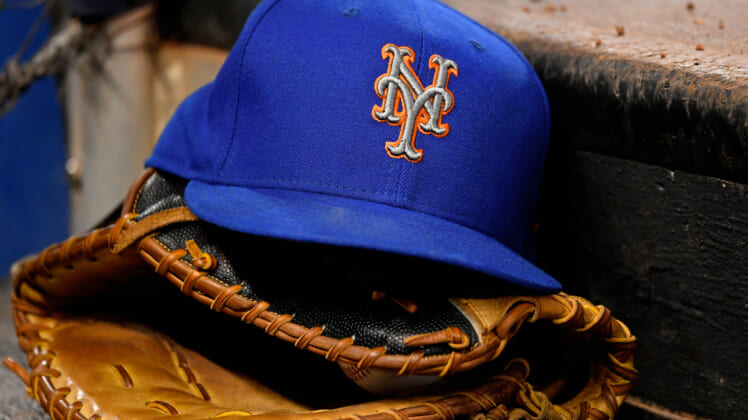
Many MLB owners prioritized the CBT, known as the competitive balance tax, during negotiations. Introduced in 2017, the MLB CBT sets a soft ceiling on how much an owner is allowed to spend on player payroll. While it can be exceeded, it comes with a tax penalty that must be paid to the league.
There is some good news for the players. The luxury tax, another term for the CBT, is spiking from $210 million last year to $230 million in 2022. In the final year of the agreement, the tax line is set at $244 million.
For the most part, the penalties from the last CBA will remain in place. A team that goes over the luxury-tax threshold the first time must pay a 20% tax on every dollar above the $210 million soft cap. If a club goes over it for a second consecutive year, the figure rises to 30% and later 50% after a third consecutive season. If a team goes $40-plus million over, it also must move back 10 spots in the upcoming MLB Amateur Draft.
However, there is now a fourth tear. Any club that goes $60 million over the CBT will receive the harshest penalties. Based on current projections, the New York Mets are the only team possibly facing this.
Additional CBA notes
While a deal is ratified, there are a few things that both sides agreed to table for further negotiations in July.
- International Draft: MLB wants to implement international players into future draft classes. Both sides have until July 25 to reach an agreement on terms for a “World Draft”. If a deal is completed, players who reject a qualifying offer will no longer be subject to draft-pick forfeiture penalties for the team that signs them.
- Rule Changes: MLB received the authority to implement rule changes, like a pitch clock and banning the shift, for the 2023 season.
- Universal Designated Hitter: As part of the new CBA, the National League is adopted the designated hitter.
- Unfiorm Patches: MLB teams are now allowed to feature advertisement patches and decals on their uniforms and helmets.




